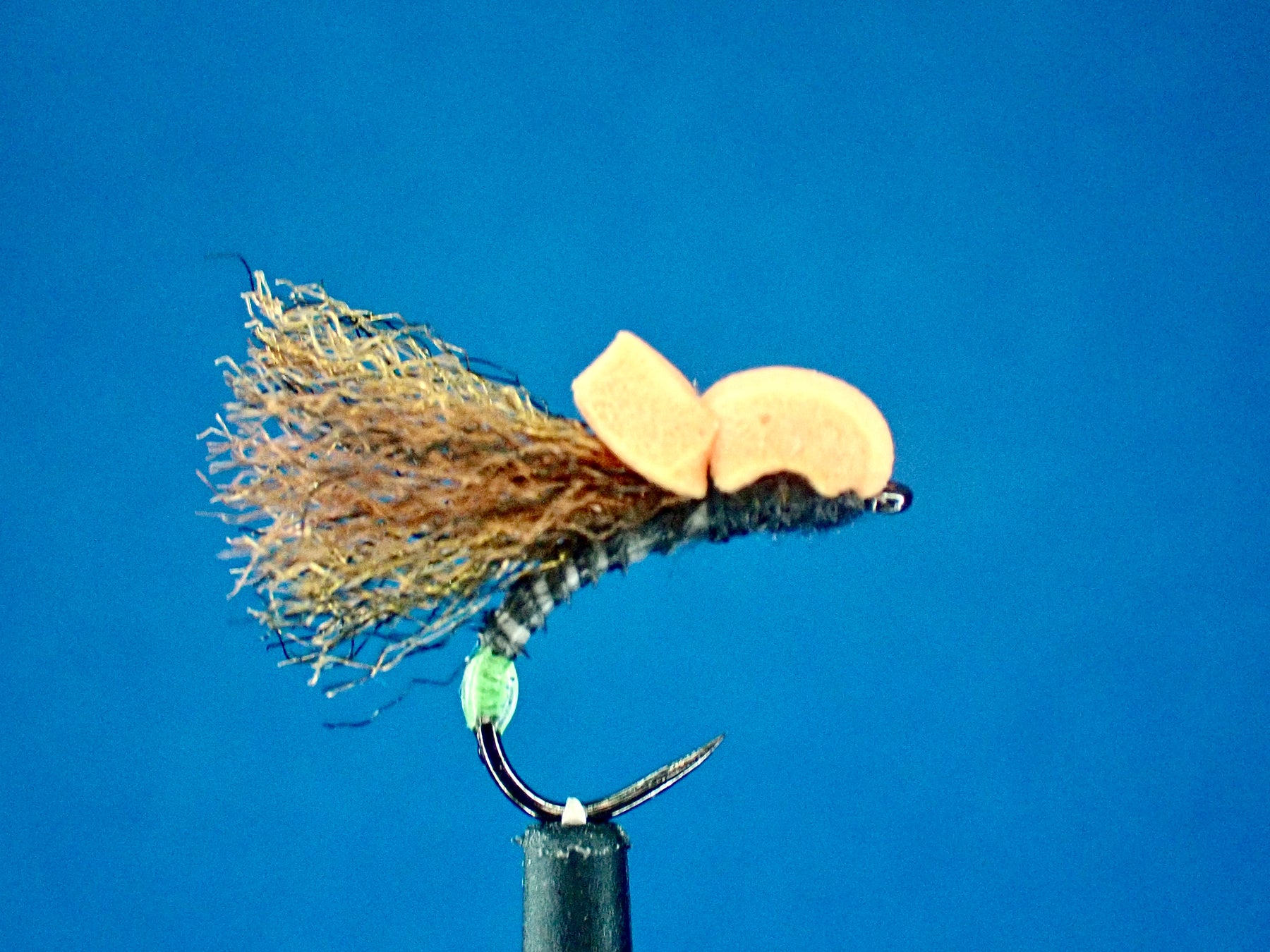
Unveiling the Egg Laying Black Balloon Caddis: A Match for the Elusive Black Caddis
In the intricate world of fly fishing, anglers are always on the lookout for the perfect imitation, the magic fly that will entice even the most selective trout. Enter the Egg Laying Black Balloon Caddis, a pattern born from observation, innovation, and a desire to create a quick and effective pattern.
Timing: Late spring to early summer, usually from May to June.
Best Weather Conditions: Mild temperatures (50°F to 70°F), overcast skies, and light rain.
Anglers have reported remarkable success with this pattern, particularly during the peak of a black caddis hatch when trout are keying in on the egg-laying behavior of these insects. Whether dead-drifted or skated across the surface, the Egg Laying Black Balloon Caddis has proven its worth time and again, earning its place in the fly boxes of discerning anglers worldwide.
In conclusion, mastering the nuances of the black caddis hatch and having the right patterns at your disposal can significantly enhance your success on the water. The Egg Laying Black Balloon Caddis stands as a testament to the artistry and innovation within the fly fishing community, offering anglers a reliable tool to unlock the secrets of this captivating hatch. So, next time you find yourself on a river during a black caddis emergence, remember to tie on this exceptional pattern and prepare for an unforgettable fishing experience.
Understanding the Black Caddis
The black caddis (Brachycentrus sp.) is a species of caddisfly found in freshwater habitats across the United States, Canada, and Europe. These insects are renowned for their distinct black coloration and their habit of hatching en masse, creating feeding frenzies among trout populations. Typically, black caddis hatches occur in late spring through early summer, depending on location and environmental conditions.Regional Hatch Chart
For anglers keen on pursuing the black caddis hatch, having a comprehensive hatch chart is invaluable. Here's a breakdown of the hatch timings and optimal weather conditions across different regions:United States:
Location: Western rivers such as the Madison, Yellowstone, and Deschutes.Timing: Late spring to early summer, usually from May to June.
Best Weather Conditions: Mild temperatures (50°F to 70°F), overcast skies, and light rain.
Canada:
Location: Rivers like the Bow River in Alberta and the Grand River in Ontario.
Timing: Similar to the United States, occurring from late spring to early summer.
Best Weather Conditions: Cool temperatures (45°F to 65°F), moderate cloud cover, and gentle breezes.
Europe:
Location: Iconic rivers like the Test in England and the Irwell in Ireland.
Timing: Black caddis hatches typically align with those in North America, from late spring to early summer.
Best Weather Conditions: Temperate climate (50°F to 65°F), partly cloudy skies, and low wind speeds.
Egg Laying Black Balloon Caddis Fly Tying Tutorial:
Egg Laying Black Balloon Caddis Materials List:
- Hook: Moonlit Premium TOGATTA ML201 sz10-16
- Thread: Semperfli Classic Waxed 8/0 Fluoro Green (base and egg sac)
- Thread: Semperfli Classic Waxed 8/0 Black
- Egg Sac Resin: Solarez UV Thin Hard
- Body: Magpie Premium Wild Turkey Biots Grey Drake
- Thorax: Semperfli Kapok Dubbing Black
- Wing: HAWGFISH Hawg Wing Teton
- Foam Head: Moonlit Zero Gravity Bright Orange
Effectiveness of the Egg Laying Black Balloon Caddis Pattern
Now, let's delve into why the Egg Laying Black Balloon Caddis is a game-changer during a black caddis hatch. This pattern mimics the adult caddisfly in its egg-laying posture, with a distinct silhouette that triggers aggressive strikes from feeding trout. The buoyant balloon-style wing ensures visibility even in turbulent waters, making it an excellent choice for rougher conditions.Anglers have reported remarkable success with this pattern, particularly during the peak of a black caddis hatch when trout are keying in on the egg-laying behavior of these insects. Whether dead-drifted or skated across the surface, the Egg Laying Black Balloon Caddis has proven its worth time and again, earning its place in the fly boxes of discerning anglers worldwide.
In conclusion, mastering the nuances of the black caddis hatch and having the right patterns at your disposal can significantly enhance your success on the water. The Egg Laying Black Balloon Caddis stands as a testament to the artistry and innovation within the fly fishing community, offering anglers a reliable tool to unlock the secrets of this captivating hatch. So, next time you find yourself on a river during a black caddis emergence, remember to tie on this exceptional pattern and prepare for an unforgettable fishing experience.

Leave a comment